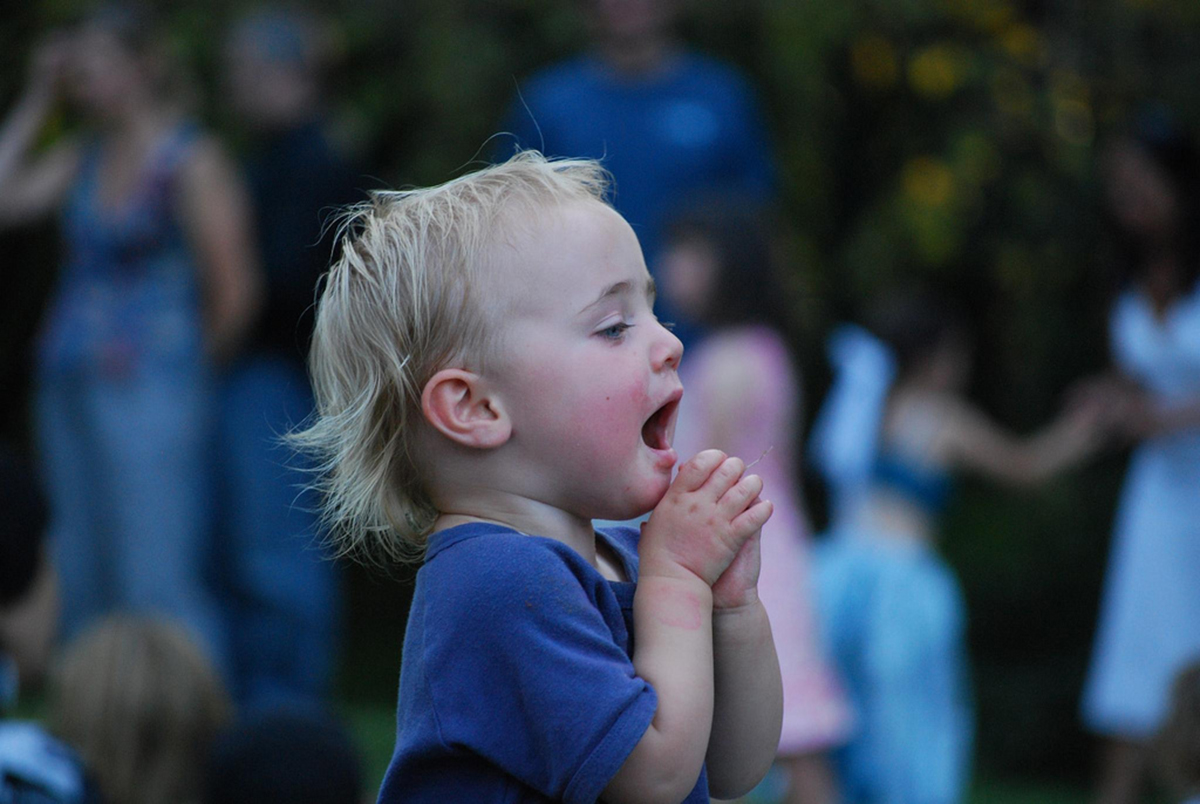Table of Contents
RAD Symptoms Diagnostic Criteria
RAD used to formally come in two types: inhibited and disinhibited. Since the advent of the DSM-5, they have now been separated into two distinct disorders, the other being disinhibited social engagement disorder (DSED).
Children with RAD may come across as withdrawn and apathetic, refusing to reciprocate or acknowledge acts of care. They may actively avoid a parent's or care-giver's attempts to comfort, hug, or care for them, turning to self-soothing actions rather than human interaction for comfort, and acting out aggressively in response to attempts to connect.

Disinhibited RAD, or DSED, children, on the other hand, do interact with care-givers on a social level, accepting hugs, attempts at comforting, and encouraging words. However, they do not discriminate between primary care-givers and others, frequently acting as if they are as familiar with strangers as they are with those who care for them.
Diagnostic criteria for Reactive Attachment Disorder as laid out in the DSM-5, the latest version of the diagnostic and statistical manual of mental disorders, include:
- Consistently displaying inhibited, withdrawn reactions to care-givers
- A pattern of both social and emotional disturbances
- A history of inadequate care in the child's past, a history that must be thought the direct cause of the above
- Symptoms are identified before the child reaches age five, and have been present for a minimum of nine months
How Is Reactive Attachment Disorder Treated?
Successful treatment depends on the child being in the care of stable primary care-givers, such as adoptive parents, and focuses on helping the child forge strong bonds with those care-givers. Therapy may be aimed at both parent(s) and children, in the latter case often through play therapy depending on the child's age. Though there isn't a single medication specifically designed to help children with RAD, medications may be used to treat certain behavioral patterns or sleeping difficulties.
It all sounds so neat, so simple, on paper. Reality is much more complicated. The mother from the beginning of this piece eventually did find therapy for herself, her husband, and their son. Recounting how very little was available in their area in the way of qualified therapists with knowledge about and experience with Reactive Attachment Disorder, she noted that even those therapists who claimed to be familiar with RAD often hadn't encountered it before.
READ Conflict And Neglect Changes Kids' Brains And Affects Health Through Adulthood
Recently, after years of making their family a "celebration-free zone" because their son would act out after any event at which it was made clear that he did now have a "forever home" and people to count on, they celebrated Christmas together, with family out of state. Our anonymous mom's son, previously having "threatened" to sabotage such events, made it clear that he was ready this time. Those days, she says, were some of the best they spent together, and there were no run-away attempts nor outbursts of physical violence afterwards. He is now 15. His journey isn't over, but now features more light than before.
RAD isn't for the faint-hearted. No magical solution exists. It's rare, yet all-encompassing to those who live under its shadow. There is hope, but not without reservation.
- Photo courtesy of megyarsh: www.flickr.com/photos/megyarsh/2580891664/
- Photo courtesy of avlxyz: www.flickr.com/photos/avlxyz/4317596516/
- Photo courtesy of avlxyz: www.flickr.com/photos/avlxyz/4317596516/


Your thoughts on this